A "Grossly" Under-appreciated Bird
With a face that "only a mother could love"
Turkey Vultures are an under-appreciated bird species. Because many people consider these birds' diet of dead animals as disgusting, people don't take the time to learn about this resourceful scavenger. Adult Turkey Vultures have a featherless, red head. The heads' similarity in appearance to a Turkey's head is what contributed to their name. However, a juvenile Turkey Vulture (TV) will have a gray/black head.
Turkey Vultures appear black from a distance, but a second look shows dark brown feathers. Turkey Vultures roost in large communal groups in big trees At those roosts, the juvenile Turkey Vultures usually assume a lower berth. Because of that, some younger birds, like the one pictured below, may show some white on their backs as a result of the droppings landing on them from a TV on a higher perch!
Upon closer inspection you can see that this TV's head is beginning to turn red. The gray head begins showing some pink towards the end of the bird's first summer. By next summer its head should be bright red. Notice the color of this Juvenile Turkey Vulture's bill. It is black. An adult Turkey Vulture will have a pale bill. This young bird's bill is just beginning to turn white at its base. Again, this change will occur during this next year. This photo also shows us the nictitating membrane over the bird's eye. Birds have a third eyelid, called a nictitating membrane. This eyelid moves forward and backward. The TV's other two eyelids move up and down in expected fashion. The nictitating membrane is translucent and serves to protect and clean the eye and keep it moist while the bird is still able to maintain clear vision.
The Turkey Vulture made a big rouse, shaking out all of its feathers. This can have multiple purposes, but often is done just prior to flight to relax and settle all feathers into place. I waited for the bird to act! By the way, notice the white legs of this bird. Turkey Vultures have pink legs. The white color is due to dried uric acid. Turkey Vultures defecate on their legs as a cooling mechanism resulting in cooler legs which then become colored in white.
Rather than flying, the bird hopped forward and examined the ground closely. After a few attempts it picked up a long dried piece of vegetation and then took off. I'm not sure what the TV planned to do with its prize. Turkey Vultures do not build nests. Perhaps the Turkey Vulture was just exploration and play, or practicing picking and carrying objects. Only that bird knows for certain.
The bird left the farm field and soared high. When airborne, the bird shows its bi-colored wings. The leading edge of the underside of the wings is black while the flight feathers are of a gray or white color.
Turkey Vultures are larger than most raptors are. Between two and three feet in length (bill to tail), an adult TV may weigh up to four pounds. Its wingspan is almost seven feet.
Back on the farm fields later in the morning, there were two juvenile Turkey Vultures. I was unsure whether one of them was the bird I had seen earlier.
When one of the birds took off, I got a better look at the color and the length of the underside of its wing. The long, stiff feathers at the end of its wing are called the "primary" feathers. Those feathers are attached to the bird's 'hand' bones and give the bird thrust in flight. Some people refer to those feathers as finger feathers. The shorter feathers between the primary feathers and the bird's body are called the 'secondary' feathers. They are attached to the bird's forearm and give the bird lift.
The common image of Turkey Vultures is of them soaring on thermals effortlessly, without flapping their wings. They are birds, though, and use their strong wings to get airborne. In the air, they use their wings wisely during their slow, teetering flight in order to soar without exerting much energy.
Turkey Vultures are nature's clean-up crew. They consume dead animals and, in doing so, prevent the spread of dangerous diseases and bacteria that could harm humans and other wildlife. One source estimates that Turkey Vultures consume up to 111 pounds of carrion each year. Their incredible sense of smell helps them to find their meals from over a mile away. A Turkey Vultures' stomach acid is said to be 100 times stronger than a human's. That allows them to safely digest and eliminate toxins and dangerous bacteria. For more on these special animals, read the Desert Museum's fact sheet.


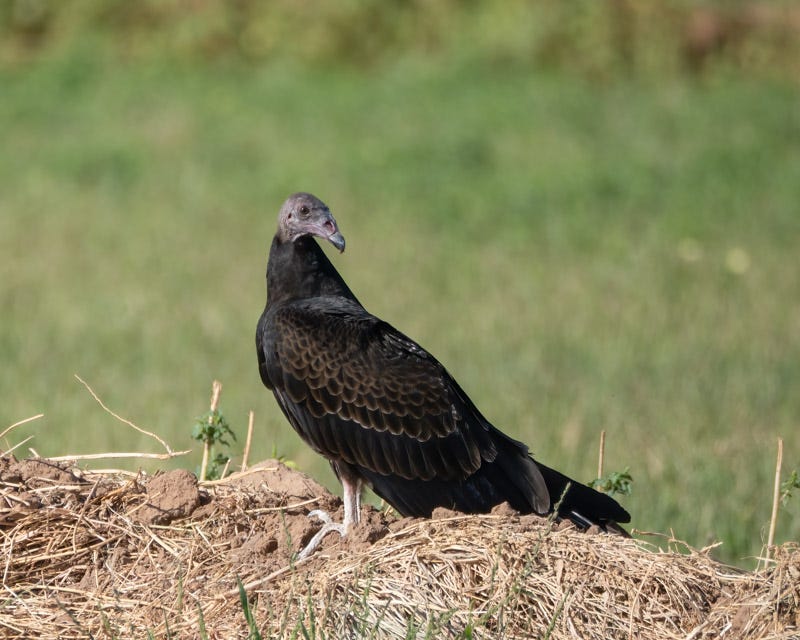
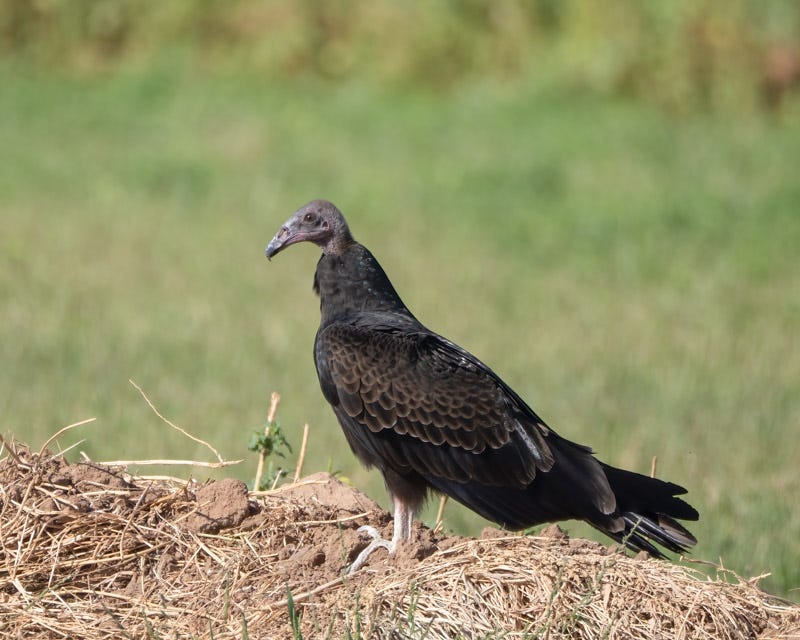

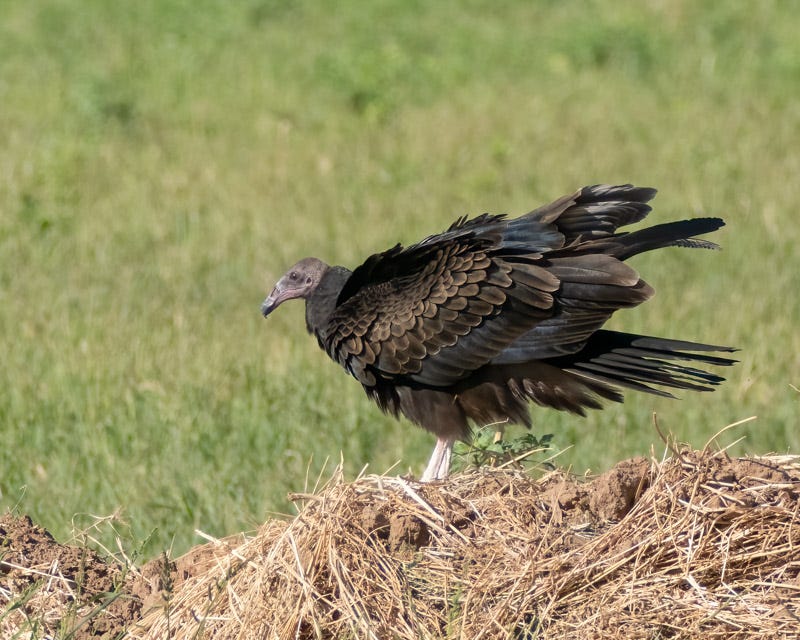
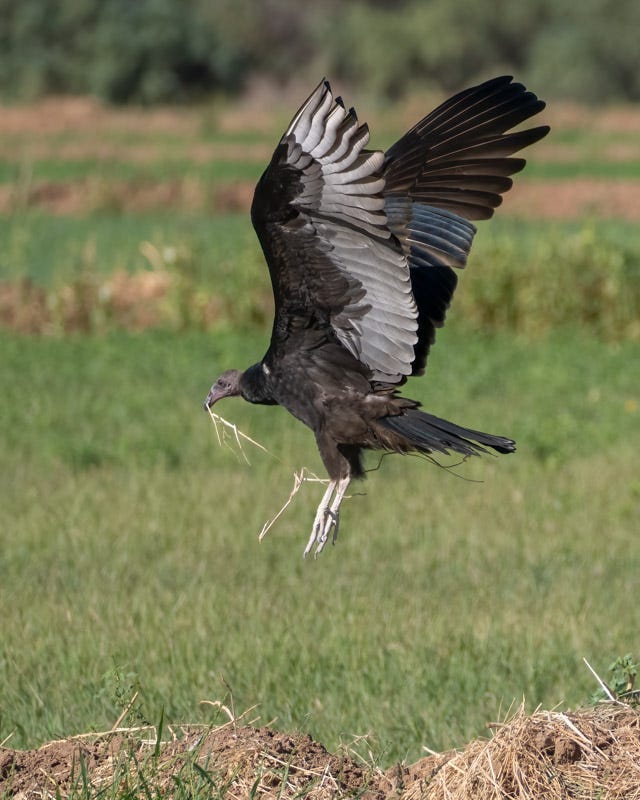
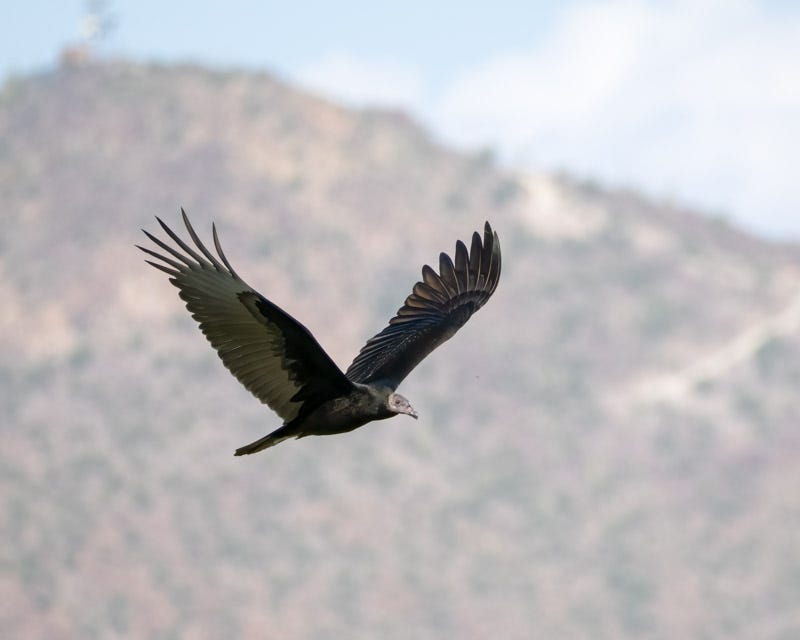

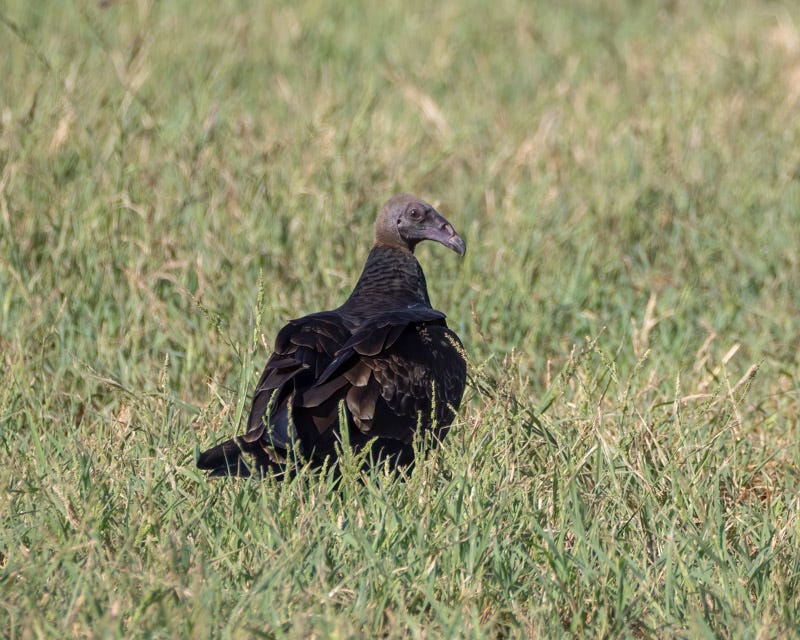
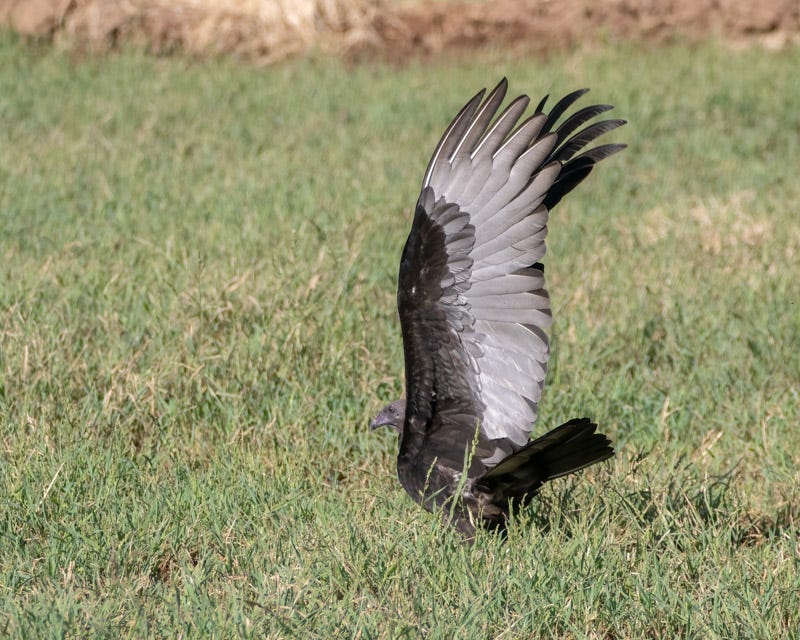
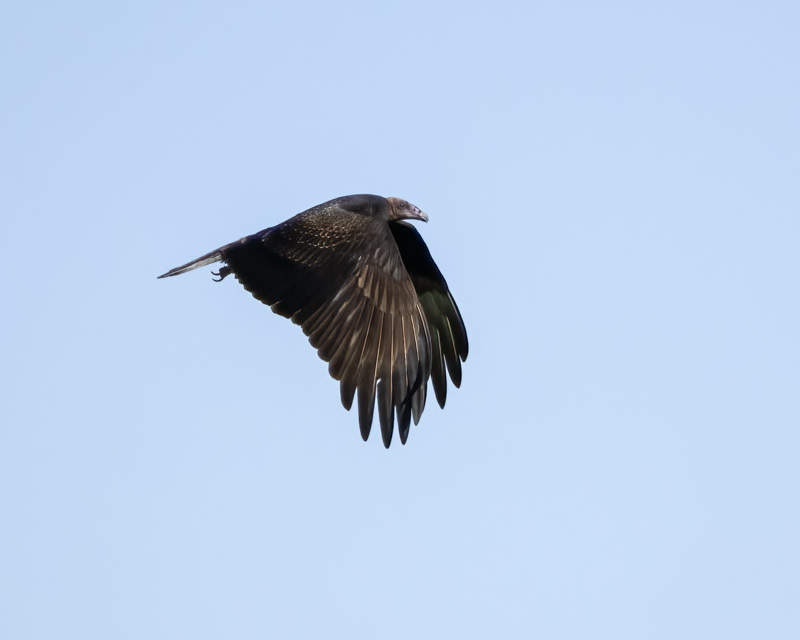
Grossly under appreciated 😹😹😹
Loved learning about the turkey vulture. Just another example of not judging a “book” by its cover!! They are actually protecting us from disease. Ah nature!! Thank you , Dan. Xox- Nina